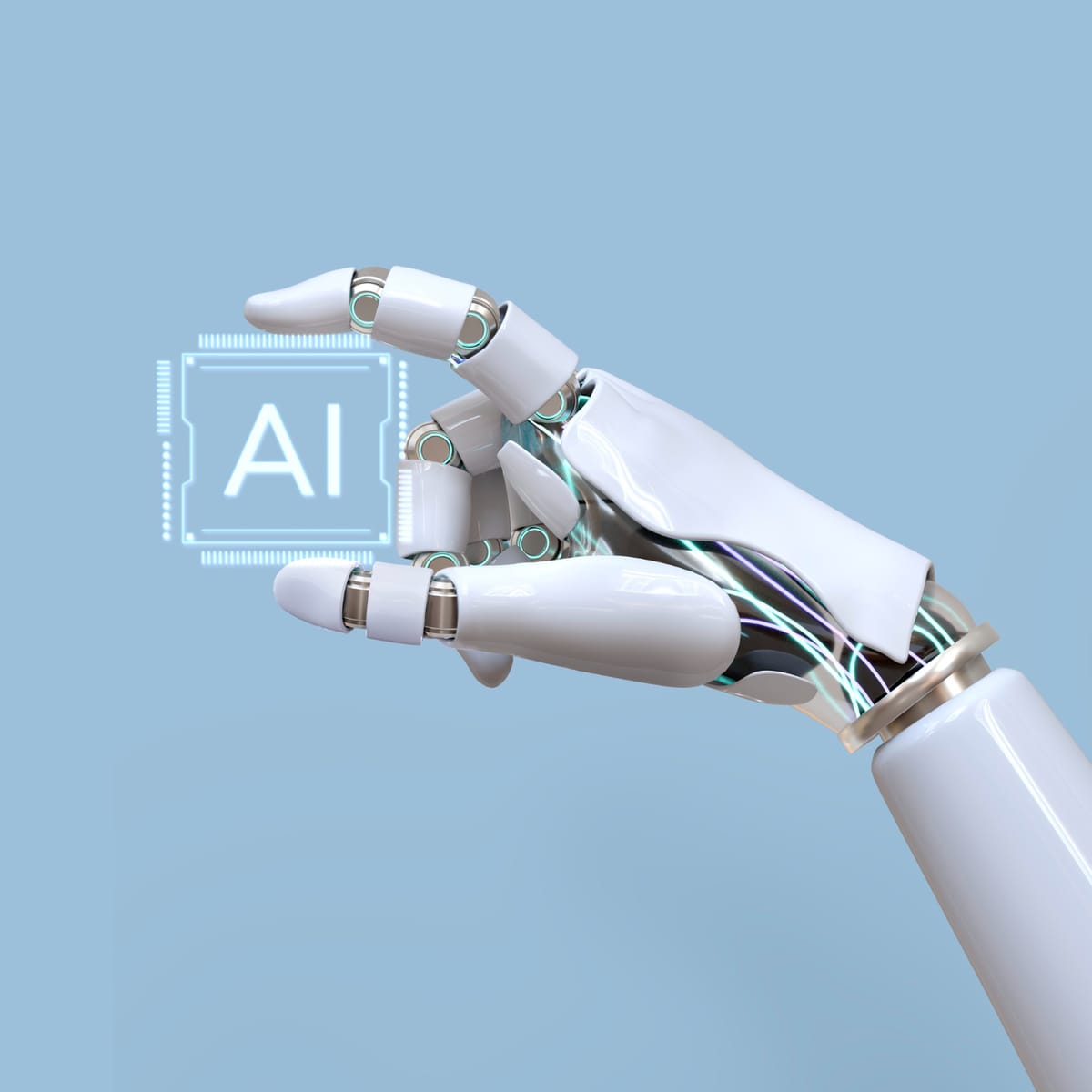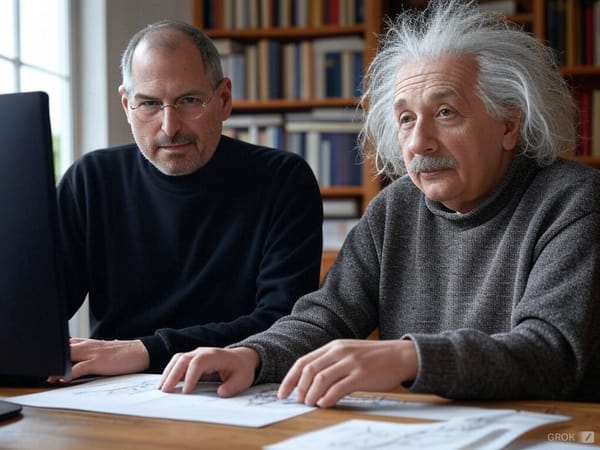Introduction to AI (1). What is AI? And what is not?

Welcome to our series on Artificial Intelligence (AI), where we aim to demystify this fascinating field and help you understand its core concepts. In this first post, we’ll explore the fundamental question: What exactly is AI? We’ll break down the various types of AI, clarify what capabilities define intelligent behaviour, and highlight common misconceptions about technologies that may seem like AI but are not. By the end of this post, you’ll have a clearer picture of what AI truly entails and how it differs from other automated systems. Let’s dive in!
What is Artificial Intelligence?
Artificial Intelligence (AI) is the field of computer science dedicated to creating systems that can perform tasks typically requiring human intelligence. This includes capabilities such as learning from experience, reasoning, understanding natural language, and planning or making decisions.
AI can be categorized into two main types: Narrow AI, which is designed for specific tasks (like facial recognition or language translation), and General AI (or AGI), which would possess the ability to understand and learn across a wide range of tasks at a level comparable to human intelligence. AGI represents a theoretical stage in AI development where systems can perform any intellectual task that a human can, demonstrating adaptability and problem-solving skills similar to human intelligence
And what is an Artificial Intelligence System?
An accurate definition of an Artificial Intelligence System is the one that is in the EU AI Act, in Article 3:
‘AI system’ means a machine-based system that is designed to operate with autonomy and that, upon its deployment, based on data and inputs provided by machines and/or humans, infers how to achieve a given set of objectives using machine learning and/or logic- and knowledge-based approaches, and produces outputs in the form of content (generative AI systems), predictions, recommendations or decisions that influence the environments with which it interacts.
So what does this mean? Let's clarify things further!
It is a machine-based system that relies on hardware and software to function, not natural intelligence. For example, a smartphone using a facial recognition app to unlock itself illustrates the concept.
The system can operate autonomously, without direct human intervention, making decisions or taking actions on its own within defined parameters. A self-driving car navigating traffic serves as an example.
The AI can also adapt and change its behaviour over time as it processes new data and experiences, after deployment. For instance, a spam filter improves its accuracy as it analyzes emails with similar patterns.
It relies on information (data and inputs) it recieves, whether from sensors, databases, or users interactions. A weather forecasting AI using satellite imagery and sensor data exemplifies this reliance on sensor inputs.
The system is capable of infering how to achieve objectives by using algorithms and models to determine the best actions to achieve the desired outcomes. Like a chess-playing AI evaluating possible moves to win the game is a relevant example.
It produces outputs, that can be new content, predictions, recommendations, or decisions that affect the real world; thus it influences the environments, whether physical or digital. Examples of new content produced can include text responses in a conversation with a chatbot or newly generated images. A straightforward example of an AI system influencing its physical environment is a smart home system adjusting the temperature based on specific conditions.
And what is not a Artificial Intelligence System?
Examples of what is not a Artificial Intelligence System could be:
A Rule-Based Systems, that operate strictly on predefined rules and do not learn form past experiences. For example a rule-based medical diagnosis system that operates by applying specific, predefined rules to suggest possible conditions based on a patient’s symptoms. For instance, it might follow rules like “If the patient has a fever and a rash, then they may have measles” or “If the patient has a sore throat and a cough, then they may have strep throat.” This system evaluates the symptoms against these rules but does not learn from new cases or adapt over time; it simply applies existing rules to the information provided.
Many automation tools, such as scripts and macros, perform repetitive tasks without any learning capability. These tools execute tasks based on specific triggers and predefined commands, lacking the adaptive learning aspect of AI.
Basic Algorithms that performs specific tasks (like sorting or searching) do not involve any learning or cognitive processes.
Many "smart devices", such as thermostats or light bulbs, that operate based on sensors and predefined settings rather than employing AI to learn user habits or preferences. They can adjust settings based on conditions but do not exhibit true "intelligence" or learning capabilities.
Some chatbots are Rule-Based but not AI-Powered Chatbots. Rule-based chatbots operate on predefined scripts and respond to specific keywords or phrases without understanding context. For example, if a user asks, “What are your hours?” the chatbot will only respond if that exact phrase is used. In contrast, AI-powered chatbots use natural language processing and machine learning to understand user intent better and can learn from interactions over time. This allows them to recognize that “What are your hours?” and “When do you open?” are asking for the same information, enabling them to provide accurate responses regardless of phrasing.
That's your AI pill for today! Join us next time for another dose of insights.


